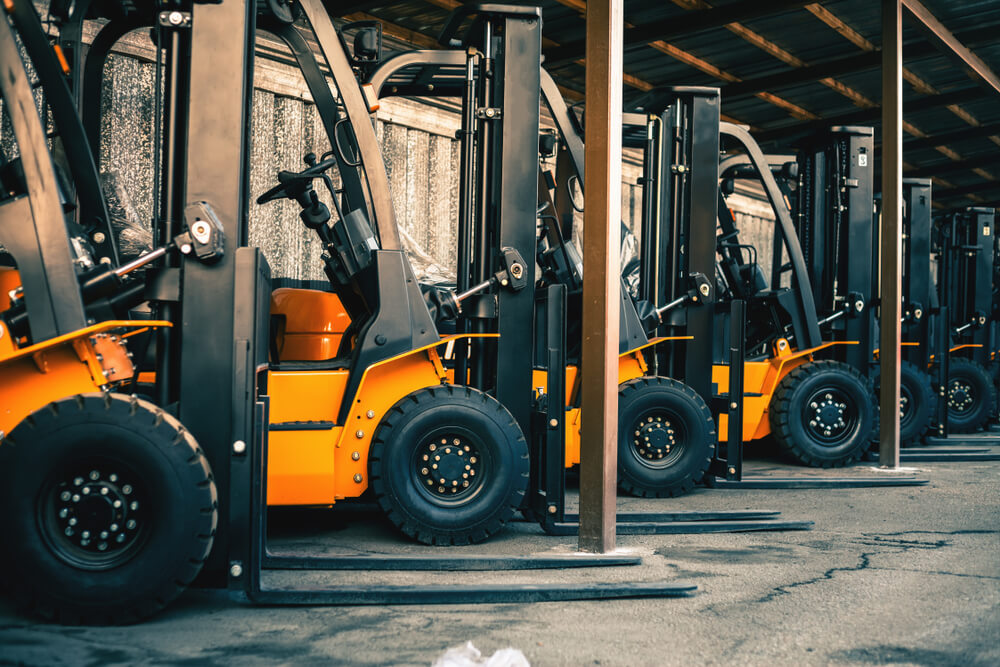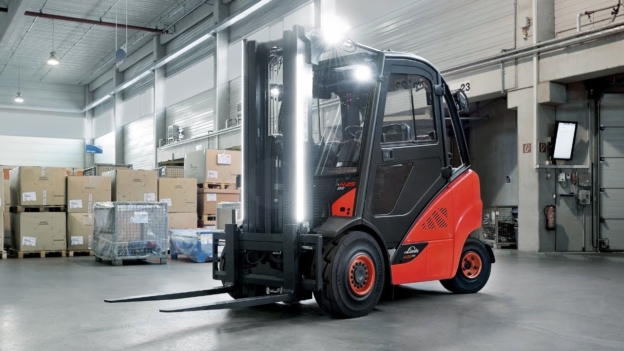Selecting a reach truck requires you to consider several factors such as your application, the height at which you need to frequently work, the area of your warehouse, your preference of diesel or electric and likewise many other. Among that, there is one consideration which many may overlook, that is of the ‘mast’. The mast is the platform present on the forklift that lifts and lowers and carries the loads to be stacked into the compartments. There are various types of masts which come with certain advantages and possible shortcomings of their own, depending on the application.
The four main and commonly found ones, come in stages as categorized below:

- Single stage
- Two Stage
- Three stage
- Four Stage
Single Stage –
The single stage mast, as the name suggests, has a single channel with a restricted lifting height. It does not possess the faculty to free lift, i.e., to lift the load and forks without moving the mast channels. Due to this constraint, the mast has to extend higher than other categories for stacking loads. The single stage mast is commonly employed for outdoor applications where overhead clearance is not an issue due to lack of height clearance limitations.
Two Stage –
The two-stage mast, having a free lift, is more commonly found in warehouses. They are used for stacking and double stacking for indoor applications with limited overhead clearance. They provide great visibility and are perfect for use in trailers and boxcars.
Three Stage –
Probably the commonest and most versatile forklift available, it has got a free lift, maneuvers at greater heights and proves to be a great lift for stacking in general warehousing applications.
Four Stage –
Also known as Quad Mast, this provides the highest reach among all the four material handling equipment & warehouse equipment due to four sets of moving rails. They are specifically designed for stacking at steep heights in specialized warehouses.
Factors to look for while choosing forklift mast:
Lowered height –
When a mast is fully lowered, it attains a certain height. This height varies with all the four types of masts. You may require considering this aspect if your warehouse or storage facility has specific height restrictions for loading docks, doors, entrances or other areas.
Load Backrest –
Most of the forklifts come equipped with a 48-inch load backrest while others come optional.
Considering Lift Height –
While selecting your mast type, you have to add a buffer height of at least 6 inches to your highest racking shelf. This will give you an assessment of the required lifting heights including the needed clearance for operators to safely transfer loads at height.
If you are looking to buy a reach truck, a heavy duty diesel forklift or a very narrow aisle truck buy it from Linde MHE. Here you have multiple options suiting all your warehouse needs.
